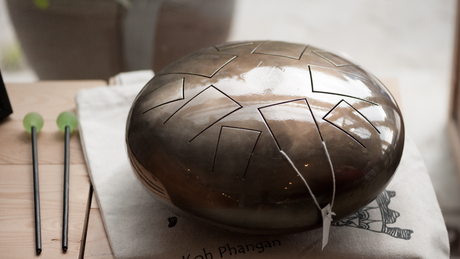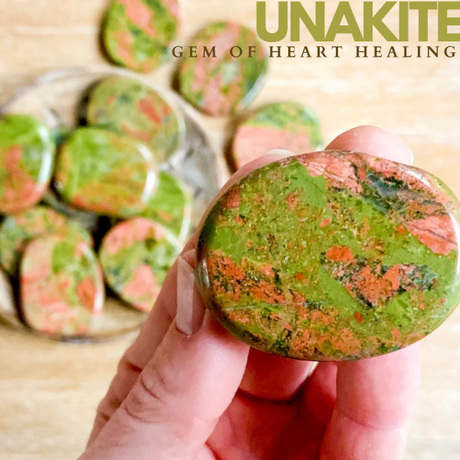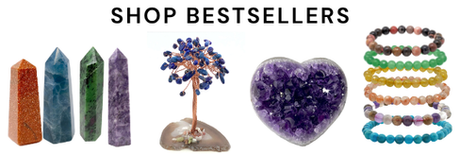Celestine, a stunning blue strontium sulfate mineral also called Celestite, is revered not only for its aesthetic beauty but also for its spiritual and healing properties — a crystal of serenity and connection.
How does Celestine Form?
Found in sedimentary rocks like limestone and gypsum, Celestine is admired by collectors and enthusiasts for its vivid blue hues, which range from soft sky blue to deeper oceanic tones. Its crystal structure is equally captivating, typically forming elongated prismatic crystals with flat, parallel faces and a diamond-shaped cross-section. Some specimens can grow several inches in length, making them prized display pieces.
Healing Properties and Uses of Celestine
Beyond its visual appeal, Celestine is believed to hold powerful metaphysical properties. It is often associated with peace, tranquility, and a sense of inner calm, making it an ideal stone for meditation and stress relief. Many people use Celestine to enhance their communication with the spiritual realm, as it is thought to facilitate a connection with angelic guidance and higher consciousness.
Celestine is also considered a potent crystal for balancing the throat chakra, which is believed to aid in clear communication and emotional expression. Placing a piece of Celestine in your space can help create a serene environment that fosters relaxation and mental clarity. It is often used in Reiki healing, energy work, and crystal grids to amplify feelings of peace and connect with one's intuition.
Industrial Applications of Celestine
While Celestine is a favorite among crystal healers, it also has significant industrial value. As a source of strontium, this mineral is crucial in producing ferrite magnets, fireworks and flares. Strontium from Celestine is also used in glassmaking, particularly for color television tubes, as well as in various medical applications.
Global Sources of Celestine
Celestine can be found in several locations worldwide, including the United States, Mexico, Spain, and Madagascar. Each region produces Celestine with subtle differences in color and form, contributing to its allure among collectors. Whether you’re drawn to its beautiful appearance, spiritual significance, or practical uses, Celestine remains a fascinating and versatile mineral.
Color & Structure Of Celestine
Celestine is prized for its striking blue color, which can range from pale blue to deep blue, and its distinctive crystal habit. It typically forms in elongated prismatic crystals, often with flat, parallel faces and a characteristic diamond-shaped cross-section. Celestine crystals can grow up to several inches in length and are highly valued by collectors and mineral enthusiasts for their beauty and rarity.














